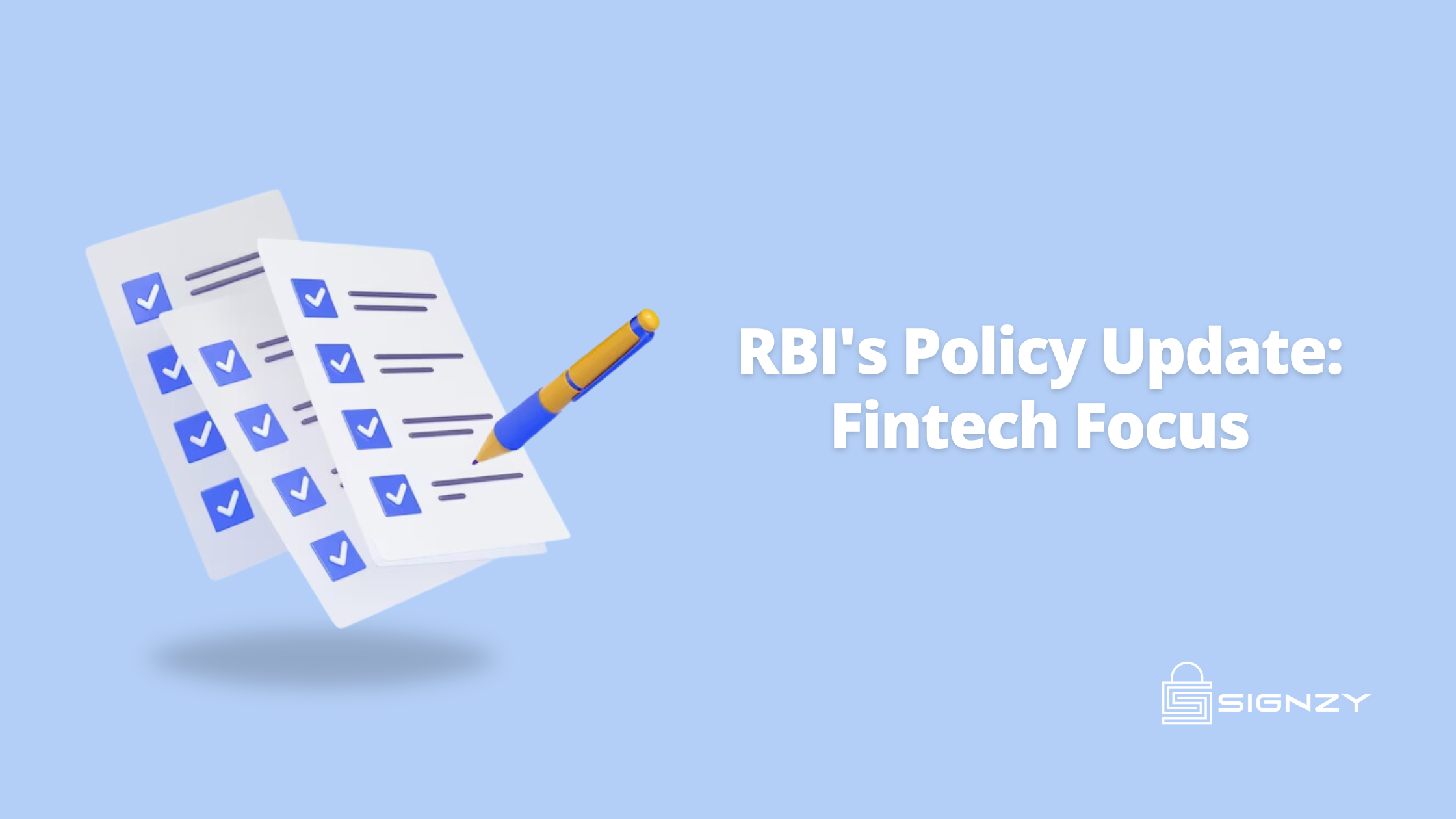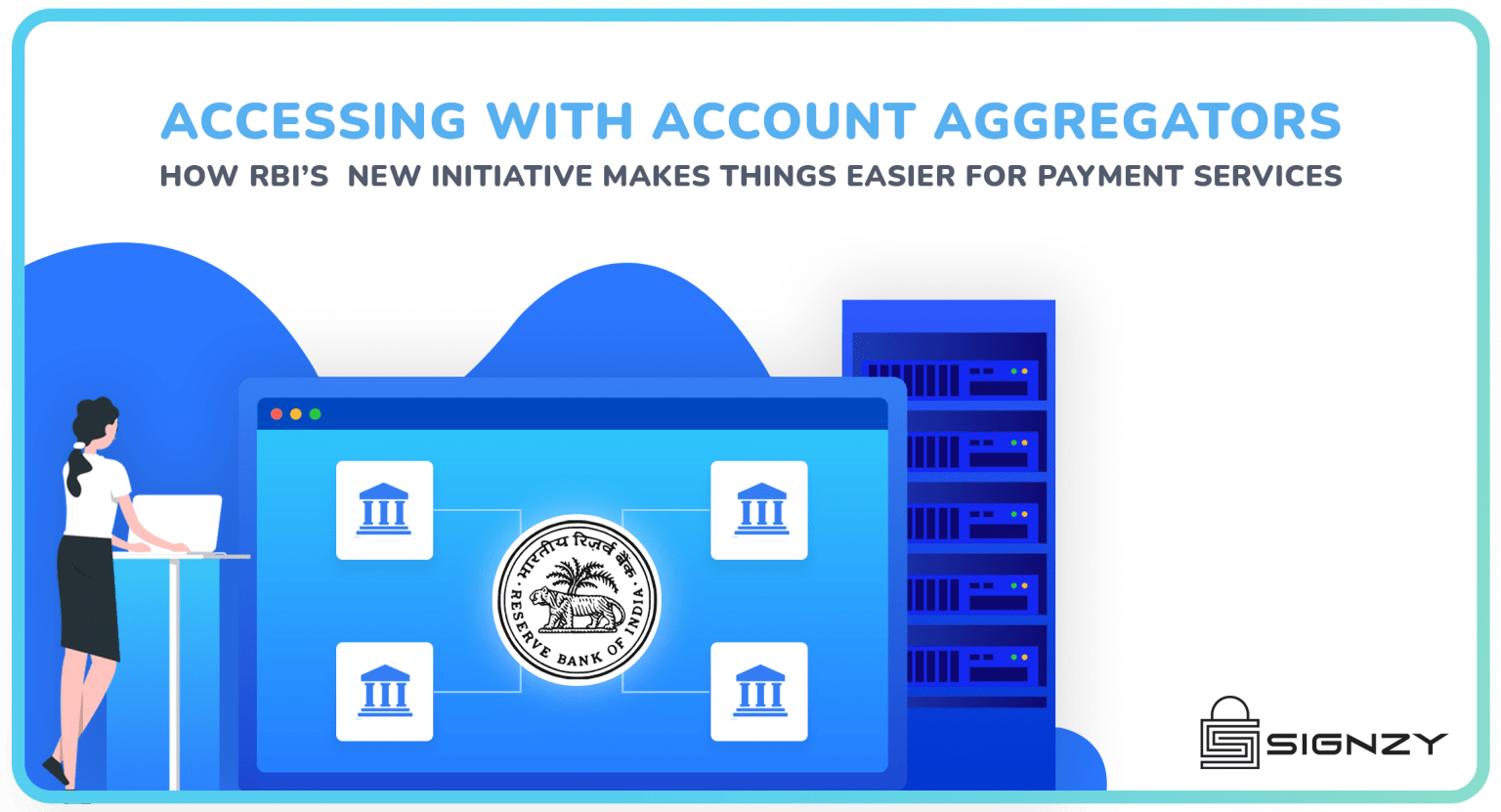The Reserve Bank of India (RBI) has recently introduced a series of impactful policy updates, signaling a transformative moment in India’s financial landscape. This development has profound implications for fintech companies, creating a nuanced terrain marked by a mix of challenges and opportunities. The evolving regulatory framework demands a meticulous examination to comprehend the far-reaching consequences of these policy changes.
Fintech entities operating in India must navigate this altered landscape with a keen awareness of the challenges that accompany regulatory shifts. Understanding the intricacies of the updated policies is crucial for compliance, ensuring that fintech companies adhere to the new regulations while continuing to innovate and provide valuable services. Simultaneously, amidst the challenges, these policy updates offer a spectrum of opportunities for fintech firms. The changes may open doors for new business models, partnerships, and market expansion. Fintech companies that can adeptly discern and capitalize on these opportunities stand to gain a strategic advantage in the evolving financial ecosystem.
The impact of the RBI’s policy updates extends beyond immediate compliance measures; it sets the tone for the future trajectory of the fintech sector in India. As companies navigate this nuanced landscape, a comprehensive understanding of both challenges and opportunities is essential for devising strategies that ensure not only regulatory adherence but also sustainable growth and success in the dynamic Indian financial market.
Unveiling the RBI’s Policy Updates:
The RBI’s policy canvas is vibrant, each stroke carrying significant meaning for fintech players.
- Increased UPI Transaction Limit: A substantial jump in the UPI transaction limit, from ₹1 lakh to ₹5 lakh for healthcare and education payments, stands as a cornerstone move. This not only fosters cashless transactions but also aims to create a seamless experience, providing unhindered access to essential services and accelerating the shift towards a digital and inclusive financial ecosystem.
- E-Mandate Limit Enhancement: The exemption of specific categories, including mutual funds and insurance premiums, from Additional Factor of Authentication (AFA) for transactions up to ₹1 lakh streamlines recurring payments. This simplifies processes for consumers and acts as a catalyst for broader adoption of digital payment methods.
- Connected Lending Framework: The introduction of a unified regulatory framework for connected lending is a calculated step towards clarity and uniformity. This strategic move aims to enhance transparency and accountability, mitigating moral hazard issues and strengthening pricing and credit management practices.
- WALP Regulatory Framework: The regulatory framework for Web-Aggregation of Loan Products (WALP) is an initiative to instill transparency and accountability in this evolving space. By providing a structured and regulated environment, this move holds the potential to benefit both borrowers and lenders.
- Cloud Facility for the Financial Sector: The establishment of a cloud facility, initially operated by Indian Financial Technology & Allied Services (IFTAS), is a forward-thinking initiative. It promises enhanced security, integrity, and privacy of financial sector data, with a long-term vision of transferring the facility to a separate entity owned by financial sector participants, thereby contributing to scalability and business continuity.
- Fintech Repository: The proposed Fintech Repository aims to capture essential information about FinTechs, providing valuable insights into their activities, products, and technology stacks. This repository could play a pivotal role in formulating effective policy approaches and fostering better understanding and support from regulators.
Fintech’s Perspective: Navigating Challenges and Seizing Opportunities
Challenges:
- Lack of detailed guidelines: The absence of detailed guidelines for specific frameworks, such as connected lending and WALP, introduces uncertainty. Fintechs require unambiguous and detailed regulations to ensure effective implementation and compliance.
- Impact on smaller players: Complex regulations may disproportionately burden smaller fintechs that lack the resources for comprehensive compliance. Striking a balance between regulation and accessibility is crucial to ensuring a level playing field.
- Balancing innovation with regulation: Overly restrictive regulations have the potential to stifle creativity and agility within the fintech sector. Striking the right balance is essential to ensure sustained growth and innovation.
Opportunities:
- Increased access to finance: The WALP framework and the increased UPI limit offer opportunities for fintechs to facilitate easier access to a diverse range of financial products and services.
- Enhanced transparency and trust: Frameworks like connected lending and the Fintech Repository have the potential to build trust and confidence in the financial system by enhancing transparency and accountability.
- Data-driven innovation: The cloud facility opens avenues for fintechs to leverage data analytics, fostering innovation in the sector. This can lead to the development of more tailored and efficient financial solutions.
In the dynamic landscape of financial technology (fintech), navigating the regulatory environment is a critical aspect for ensuring sustained success. Fintech companies are compelled to adopt a strategic approach that encompasses various elements to effectively respond to regulatory changes. Active engagement with regulatory bodies and industry stakeholders emerges as a fundamental pillar in this endeavor. Proactively participating in dialogues and discussions allows fintechs to contribute to the formulation of regulations that not only ensure compliance but also foster a conducive environment for the entire ecosystem.
Adaptability and agility stand out as essential attributes for fintech companies operating in this evolving regulatory landscape. Being prepared to swiftly adjust operations and processes in response to new regulations is imperative. However, this adaptation should not compromise the inherent agility and innovative spirit that characterize fintech operations. Technological adoption becomes a linchpin for success in the face of regulatory changes. Fintechs are encouraged to embrace cutting-edge technologies, including cloud computing and data analytics, to optimize their operations. This not only facilitates compliance but also positions them to gain a competitive edge in the rapidly evolving market.
A paramount focus on customer needs remains a guiding principle for fintech companies aiming to thrive in the evolving regulatory milieu. Understanding the dynamic requirements of customers and developing innovative solutions that address those needs becomes integral to sustained success. In this context, customer-centric innovation emerges as a key driver, allowing fintechs to not only meet regulatory expectations but also to deliver solutions that resonate with their target audience. As the regulatory landscape continues to evolve, fintech companies that adopt a holistic approach encompassing active engagement, adaptability, technological innovation, and customer-centricity are poised to navigate the road ahead successfully.
Conclusion: Shaping the Future of Finance
The recent policy changes by the RBI present a dynamic landscape for fintechs in India. As they navigate through challenges and seize opportunities, a proactive, collaborative, and technology-driven approach will be key to their success. By actively contributing to the dialogue, adapting to regulatory changes, embracing technology, and keeping a strong focus on customer needs, fintechs can play a pivotal role in shaping the future of finance in India.













